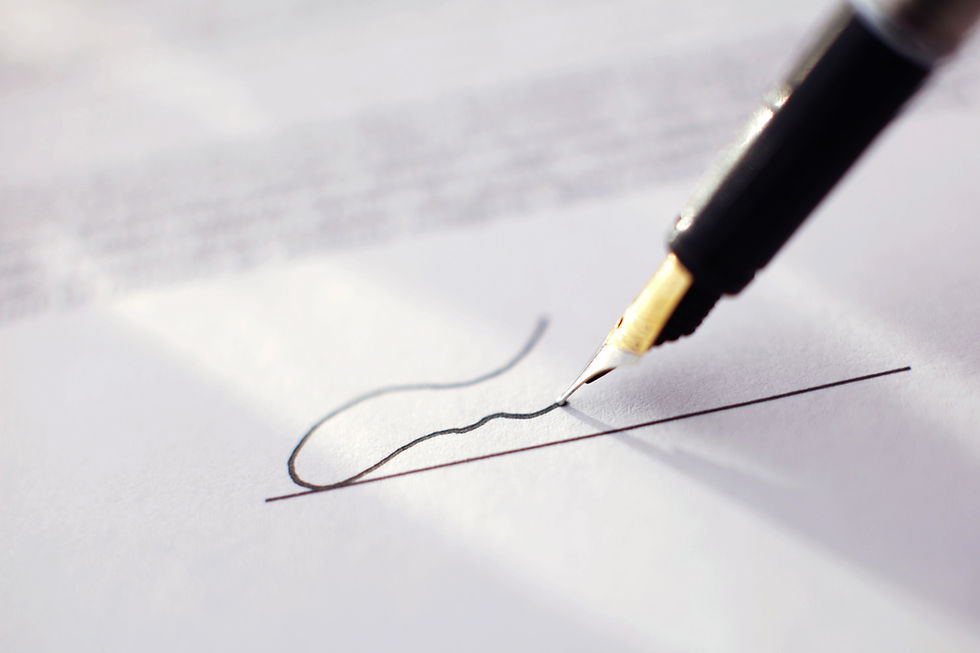Behind the Scenes: The Art of Perfecting Transcripts
- Jennifer Works
- Mar 19
- 1 min read

Have you ever wondered what it takes to turn a raw audio recording into a polished, professional transcript? It’s not just about typing out words—it’s about creating a document that’s clear, accurate, and easy to follow. Whether it’s a business meeting, a legal deposition, or a podcast episode, the process of perfecting transcripts involves much more than meets the eye.
1. Listening Beyond the Words
A big part of transcription is understanding context. Transcribers don’t just hear the words—they consider tone, pauses, and who’s speaking. This ensures that the final transcript truly reflects the conversation and is easy for readers to navigate.
2. Dealing with Challenges
Audio quality, background noise, and fast speakers can make transcription tricky. Professional transcriptionists are skilled at overcoming these hurdles, ensuring nothing important gets lost in translation.
3. Refining the Final Product
The editing process is where transcripts go from rough to polished. This includes correcting grammar, ensuring consistent formatting, and clarifying any unclear phrases. The goal? A transcript that looks and reads like a flawless document.
Perfecting transcripts is part art, part science—and it’s a lot of hard work. But the result is worth it: a clear, reliable record that captures every important detail. Need help with transcripts? I’d love to help bring clarity to your content!




Comments